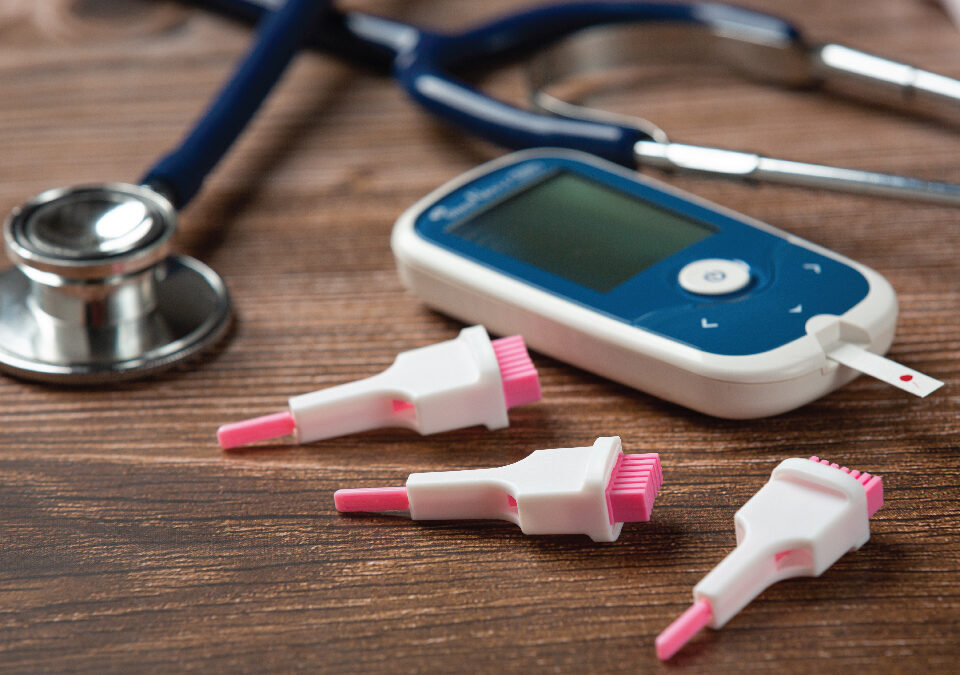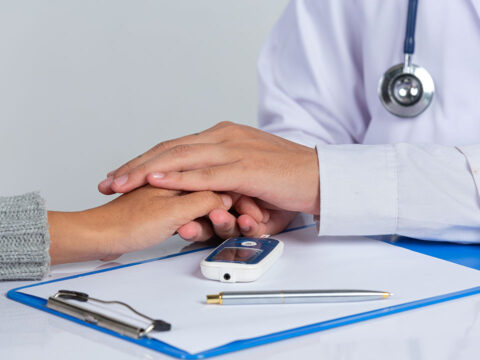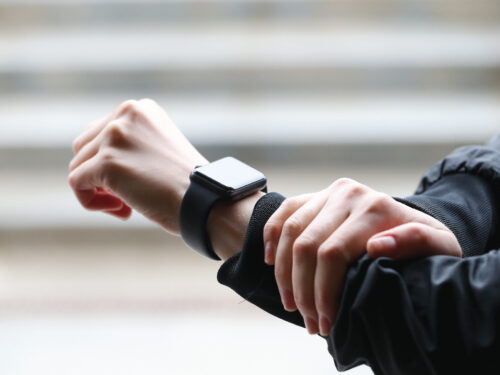
Wearable Gadgets to Manage Diabetes
September 15, 2021Impacts Of A Hectic Lifestyle On Diabetes And How To Manage It
September 15, 2021Technologies used in diabetes management are constantly evolving. For the most part, this is an extremely good thing; it eventually means that new and improved options are readily available, which can ultimately offer enhanced convenience, greater precision, and a proven ability to manage your blood sugar levels in a better way.
Let’s look at the top 10 technologies that help to keep a check on diabetes.
-
Continuous Glucose Monitoring Minus Calibration
When it comes to diabetes monitoring technology, some glucose monitoring systems (CGMs) require no patient calibration, neither by fingerstick nor by manual data entry. This newest, radical approach to continuous glucose monitoring can serve as a replacement for the traditional blood sugar finger-prick check. Instead, blood sugar levels are read via a sensor that is worn on the back of the upper arm. It has just 2 components: sensor and reader.
-
Non-Invasive Glucose Monitoring
CGMs have replaced finger sticks; however, they still need a small needle beneath your skin. The goal is to create a CGM device that monitors blood sugar levels continuously, without the need to stick anything under your skin. Some path-breaking devices measure blood sugar via a sticky patch that is placed on the skin. Another wearable device measures blood glucose levels through chemical changes in breath gases.
-
Closed-Loop System (Artificial Pancreas)
Also known as the first artificial pancreas in the world, the hybrid closed-loop insulin delivery system is a highly advanced medical innovation. It has helped in easier management of type 1 diabetes. Direct communication between the CGM device and insulin pump produces stabilised levels of blood glucose.
Smartpens, which were being developed by a few companies, are reusable injector devices that possess a smartphone interface. Through effective pairing via Bluetooth with the smartphone app, smart pens keep a tab on the number of insulin units that were administered at the last injection, their timing, and other information. The smartpen can deliver 0.5 to 30 units of insulin.
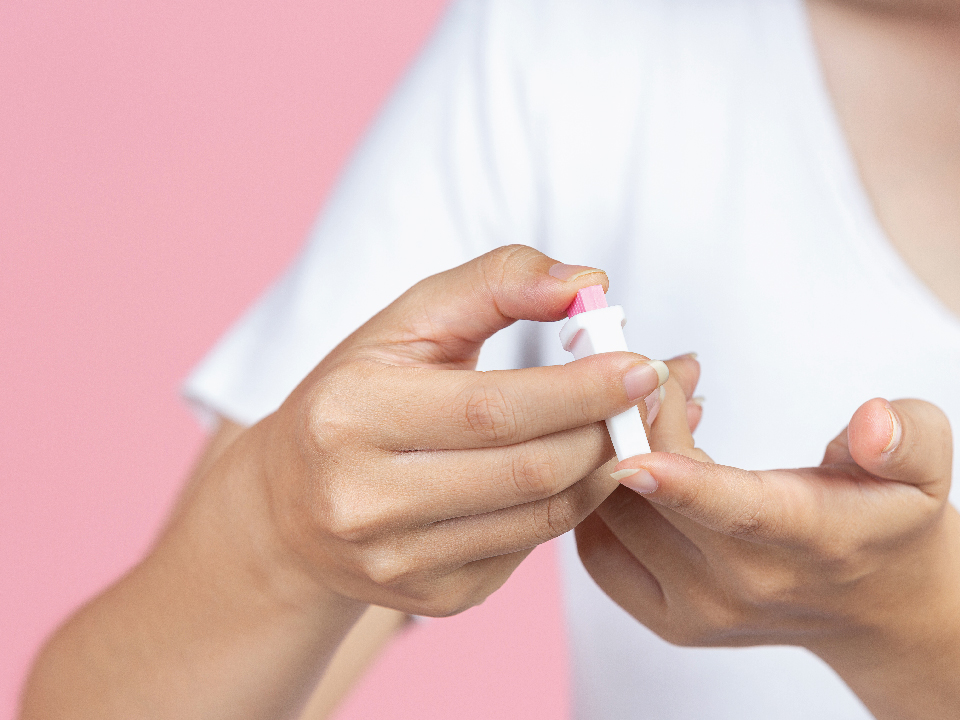
-
Insulin Pump System
Insulin pump therapy is also known as continuous subcutaneous insulin infusion (CSII). It functions by providing you with a continuous subcutaneous infusion of a rapid-acting insulin and allowing you to successfully administer boluses throughout the day for food and regulation of high blood sugar levels.
-
Electronic Skin Patches
Attempting to free those individuals with diabetes from regular finger-pricks and injections, researchers have successfully created electronic skin patches that sense excessive glucose in your sweat. After this, the skin patch automatically administers drugs through the heating up of microneedles that penetrate just beneath the skin.
-
Data Management Software
There are several digital platforms when it comes to diabetes data management and education. This software generally includes a mobile app, a blood glucose monitor that is Bluetooth enabled, and a personal diabetes coaching service.
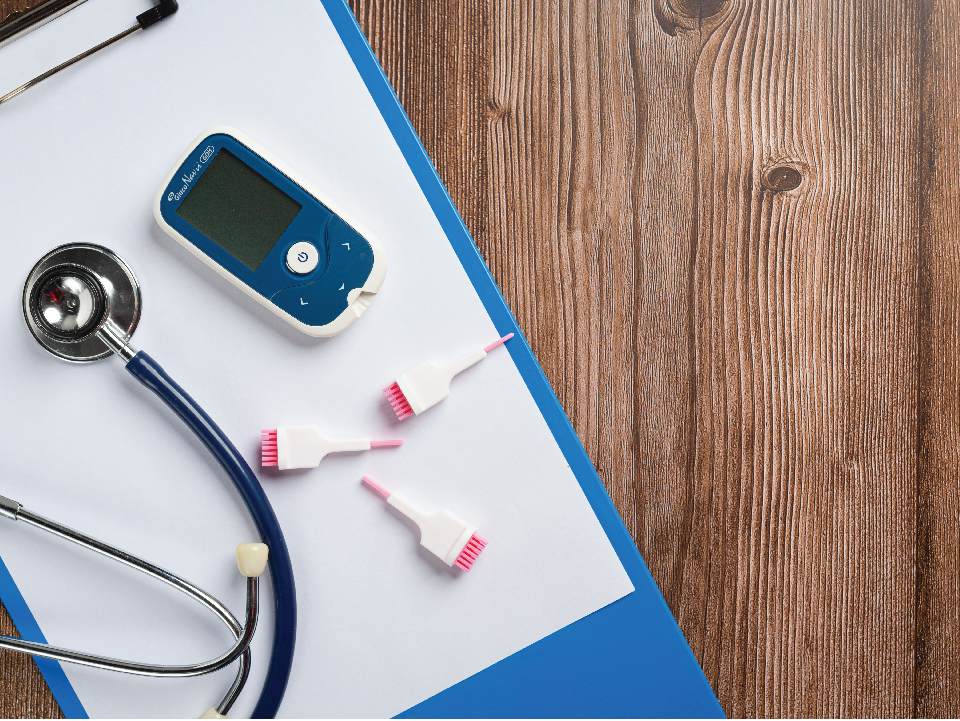
-
Side-Effects Management Technology
Most of the costs that are associated with diabetes revolve around managing its side effects and complications. Several new technology options have emerged around conditions such as diabetic neuropathy, development of foot ulcers, and ketoacidosis. This technology includes wearable, flexible, and textile-based options.
-
Mobile Apps
Smartphone apps have become a vital tool in the effective management of diabetes. These diabetes mobile apps assist you with everything from diet plans and exercise regimens to monitoring of blood sugar and symptom management. Those who are newly diagnosed as well as those who have been living with this condition all their lives can benefit from these apps.
-
Diabetes Management Accessories
There have been several technological breakthroughs in the field of diabetes management accessories, with the evolution of state-of-the-art devices such as insulin pens, insulin syringes, insulin pumps, diabetic test strips, blood lancets, blood sugar metres, ketone test strips, glucose tablets, and diabetes medical alert bracelets, among others.
The Final Word:
Diabetes technology and therapeutics need to be personalised. In deciding which technology is ideal for you, there must be an in-depth discussion between you and your physician, which may change because of the continual evolution in the range of devices.
Reference Links:
- https://www.endocrineweb.com/news/diabetes/58925-advances-diabetes-technology-will-it-change-your-life
- https://www.diabetesselfmanagement.com/blog/10-diabetes-technologies-watch-2019/
- https://www.webmd.com/diabetes/features/next-generation-diabetes-technology
- https://pubmed.ncbi.nlm.nih.gov/31655714/
- https://www.technologyreview.com/2016/03/22/246385/controlling-diabetes-with-a-skin-patch/
- https://www.idtechex.com/en/research-report/technologies-for-diabetes-management-2019-2029-technology-players-and-forecasts/623
- https://www.verywellhealth.com/top-apps-for-diabetes-management-1087237
- https://www.webmd.com/diabetes/what-diabetes-supplies-will-i-need

